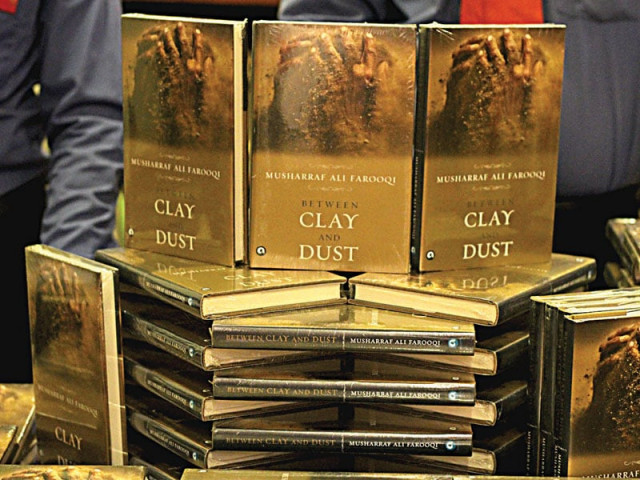
He is stoic - to the extent of being selfish in his principles. He wants to take everything but doesn’t want to give anything, said the author while talking to an intimate audience at the launch of his fifth novel at T2F on Sunday. “It is about a culture that is no longer there and two people who are dealing with its aftermath.”
The lead characters, Ustad Ramzi and Gohar Jan, are both remnants of a bygone era of the subcontinent. Ramzi is the leader of a pehelwan clan and the custodian of a wrestler’s akhara (the training centre for desi wrestlers) and Gohar Jan is a courtesan.
While responding to a question, Farooqi admitted that he liked to reflect on the old days because those times were more ‘stable’ and maybe this was why many of his works were about dying cultures.
At the launch, soon-to-be published Shazaf Fatima Haider, and editor of online magazine Paper Cut, Afia Aslam, kept the dialogue with Farooqi lively and interesting. The conversation flowed from his childhood to his experience of working with Indian publishers and the differences between Indian and Pakistani society.
Farooqi said that the novel began as an “abstract concept” but he had the story in his mind before he actually wrote it. Talking about why he chose a Pehlwan to tell a story, he cryptically answered that it couldn’t have been anything else.
The novel is mostly based on narrative because Farooqi is not particularly fond of too much dialogue. The idea is to keep the story flowing.
When he was asked why he chose to write in English on such a traditional topic, Farooqi admitted that he wrote for a western audience. “That’s how a writer earns these days,” he said simply and honestly. Even though Farooqi researched in great detail about akharas he admitted that he had never actually visited one.
Afia steered the conversation to his experience as a translator as asked if it helped Farooqi portray the traditional setting of an akhara and a kotha. To the audience’s surprise, Farooqi, who has translated works like The Adventures of Amir Hamza, said that it was no help. “My wife also asks me often what language I think in,” he said with a chuckle. “But as soon as I begin to be conscious of it I ...” he trailed off. “But these days I often catch myself thinking in Urdu.”
He was also asked if the choice of language can alter the perception of ‘authenticity’ of a novel, Farooqi said that what mattered was the uninterrupted flow of narrative.
The book is dedicated to eminent writer Afzal Ahmed Syed, who is also translating Between Dust and Clay. He and Sheema Kirmani read two chapters from the book - Syed read the translation of Gohar Jan while Kirmani read Ustad Ramzi in English.
Published in The Express Tribune, May 21st, 2012.


















COMMENTS
Comments are moderated and generally will be posted if they are on-topic and not abusive.
For more information, please see our Comments FAQ